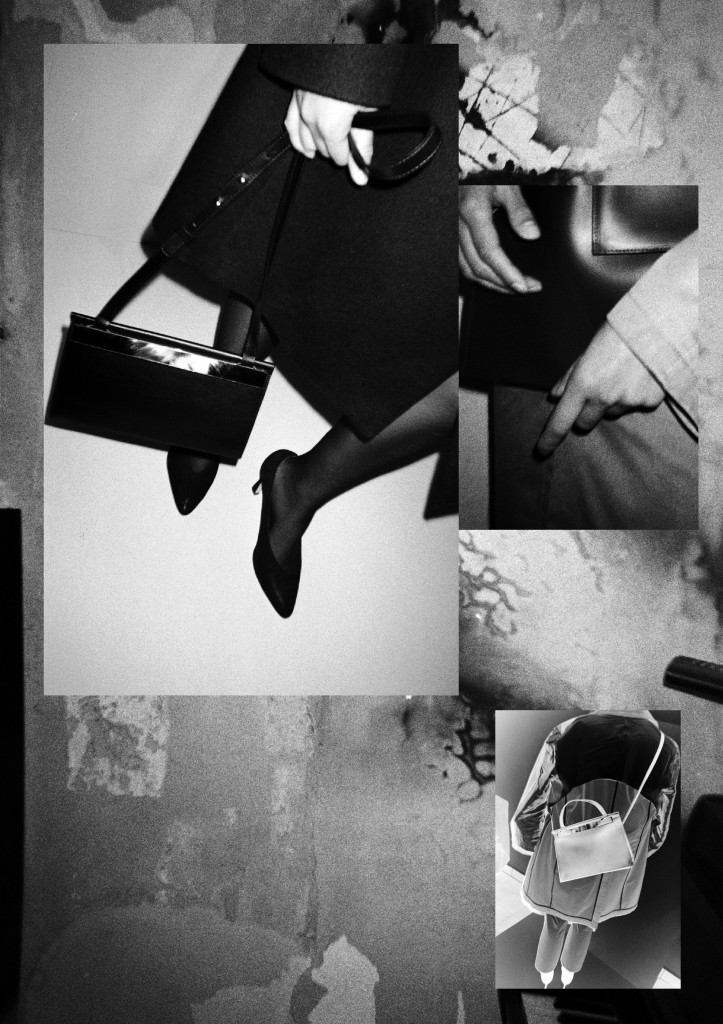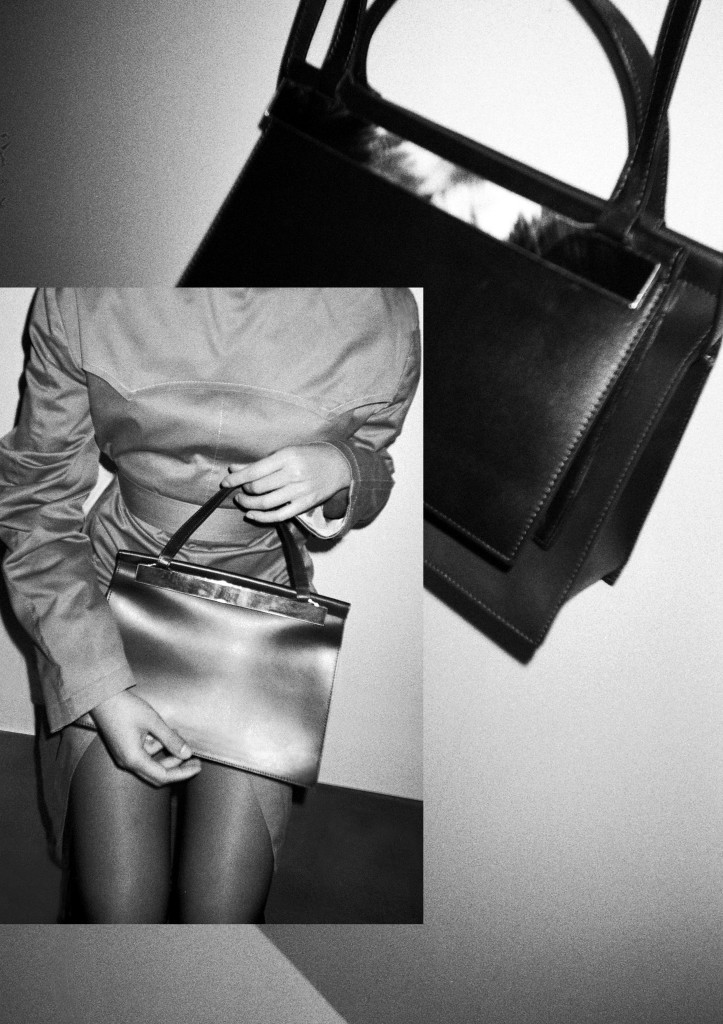13 04 2018 Seyant

Left: ‘Relique’ bag.
Upper right: ‘Gris-Gris’ clutch.
Lower right: ‘Amulette’ bag.

Left: ‘Amulette’ bag.
Background: ‘Amulette’ & ‘Relique’ bag.

Left: ‘Relique’ bag.
Upper right: ‘Gris-Gris’ clutch.
Lower right: ‘Amulette’ bag.

Left: ‘Amulette’ bag.
Background: ‘Amulette’ & ‘Relique’ bag.
From the very beginning, they are (in)different
Even when they don’t wake-up visualising at a threshold of time—the beginning of something, the end of something; they remain sober
Like the books of Bret Easton Ellis, “they are an exercise in voice and character, an exploration.”
They don’t often look terribly swerb
The excitement and adoration for them is rather alchemical and timeless
Love is their currency
Tender is the silent they tend to create
They are like the heroines of Stendhal: intransigent, faithful to their friends and the world.
Ce sont les idoles…
Spirits are unknown as a whole. Regardless of what mass culture has made out of them, these creatures achieve life beyond their own stigma, thanks to Marianne Lehmann, a former Swiss diplomat who made her home in Port au Prince, Haiti, where she collected about 2,000 examples of Haitian sacred art over a twenty year period; and her curatorial work that goes beyond a simple collection.
All photographs: De Gris’ archive.
The savoir-faire of the natural horn is part of the tortoiseshell’s legacy. The Haitian artisans of the horn jewels -in every De Gris bag- are the fruit of the evolution of the craftsmanship in times of increased ecological conscience.
Letf: Vintage Eretmochelys imbricata tortoise shell photographed in Haiti by De Gris. Right: Natural Zebu Horn by Charles Negre.